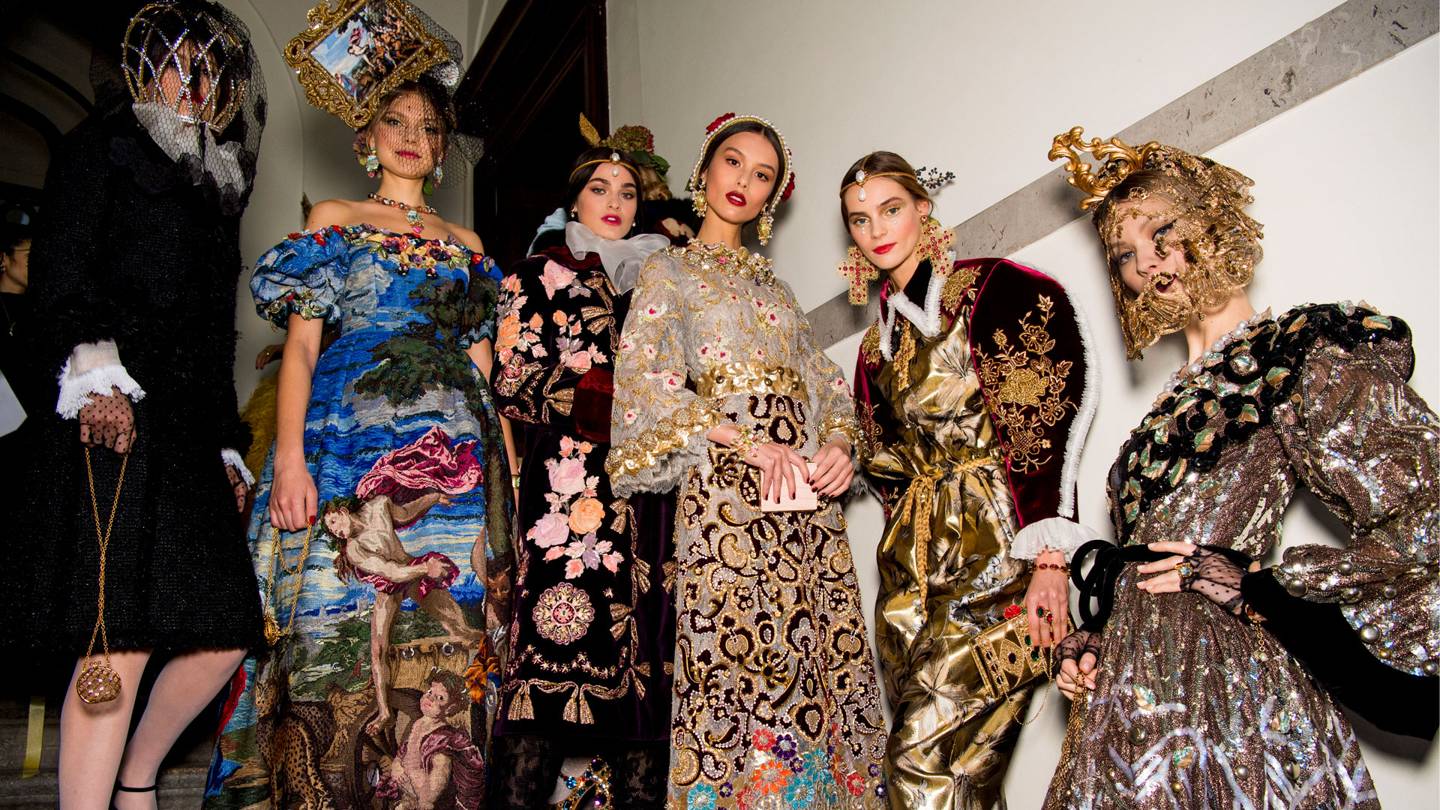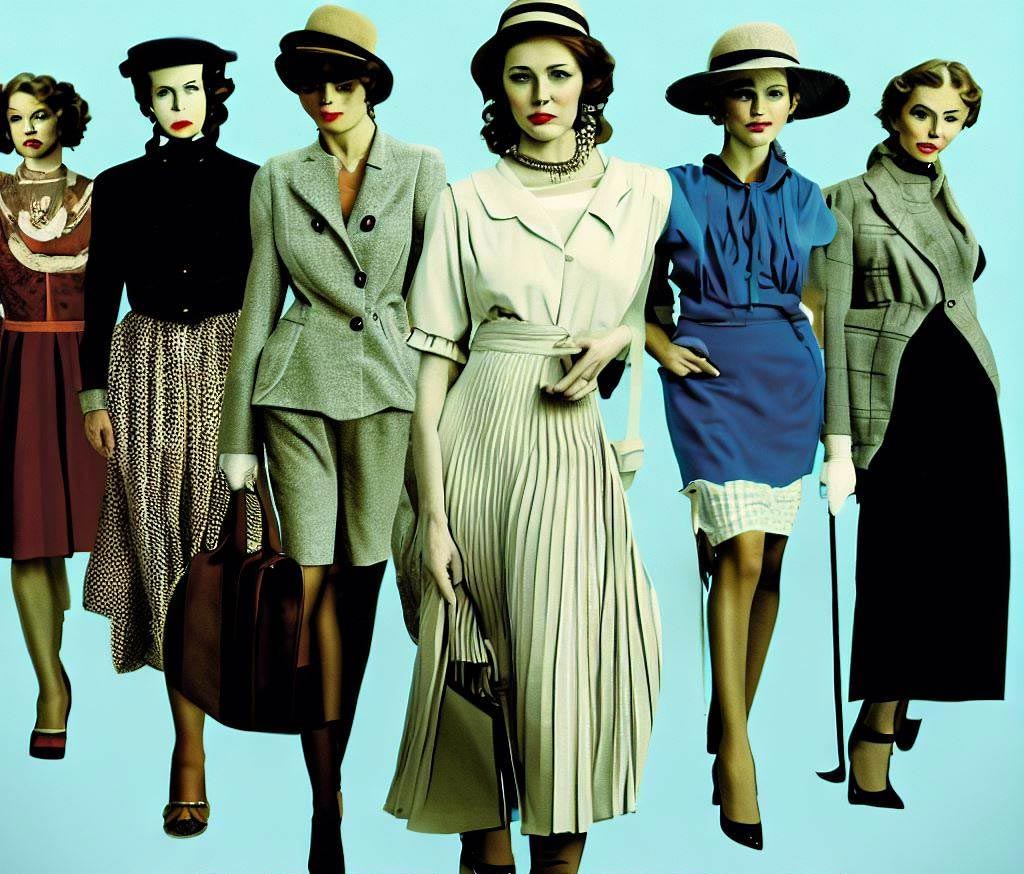In the realm of cultural influence, few eras hold as much sway as the Golden Age of Hollywood. The glitz and glamour of the silver screen were not confined to the screen alone; they spilled over into the world of fashion, shaping trends and redefining style for generations to come. Icons like Audrey Hepburn and Marilyn Monroe became more than just film stars; they were beacons of elegance and sophistication, their fashion choices resonating far beyond the studio walls. This article delves into how the Golden Age of Hollywood left an indelible mark on fashion, with glamorous gowns and tailored suits as its enduring legacy.
The Allure of Icons: Audrey Hepburn and Marilyn Monroe
The Golden Age of Hollywood introduced us to some of the most enduring and iconic figures in cinematic history. Among them, Audrey Hepburn and Marilyn Monroe stand out as beacons of style and charisma. Their fashion choices not only reflected the characters they portrayed but also shaped the sensibilities of an entire generation.
Audrey Hepburn, known for her timeless elegance and refined taste, became synonymous with a minimalist yet impactful style. Her collaboration with renowned designer Hubert de Givenchy resulted in iconic looks, including the legendary little black dress from “Breakfast at Tiffany’s.” Hepburn’s penchant for clean lines, modest silhouettes, and statement accessories transformed her into a style icon whose influence transcended time.
On the other hand, Marilyn Monroe exuded sensuality and glamour. Her figure-hugging dresses and provocative yet tasteful ensembles showcased her innate understanding of her own allure. The infamous white dress she wore in “The Seven Year Itch” became a cultural touchstone, forever cementing her status as a sex symbol. Monroe’s fashion choices were a bold declaration of confidence and empowerment, challenging societal norms and celebrating femininity.
Redefining Elegance: Glamorous Gowns
The Golden Age of Hollywood brought with it a redefinition of elegance—one that was characterized by glamorous gowns that draped and flowed with grace. The gowns worn by leading ladies on the silver screen became sources of inspiration for fashion enthusiasts worldwide. From the opulent ball gowns of period dramas to the sleek and sensual evening dresses, these garments captured the essence of Hollywood allure.
The era saw a shift towards more elaborate and detailed designs, with intricate beading, luxurious fabrics, and delicate embroidery taking center stage. The gowns didn’t merely clothe the actors; they elevated the characters and conveyed emotions, creating a visual language that transcended dialogue. Actresses like Grace Kelly and Elizabeth Taylor set the standard for glamour, leaving an indelible imprint on the fashion landscape.
The Power of Tailored Suits
While glamorous gowns were the epitome of feminine elegance, the Golden Age of Hollywood also introduced the power of tailored suits. Marlene Dietrich, known for her androgynous style, showcased the allure of masculine-inspired attire. Her penchant for tuxedos and tailored suits challenged traditional gender roles and added a layer of sophistication to her persona.
The influence of tailored suits extended beyond the silver screen. Women began to adopt elements of menswear, from sharp blazers to well-fitted trousers, as a statement of confidence and empowerment. The allure of the tailored suit was its ability to blend strength with grace, creating a silhouette that commanded attention and respect.
The Continuation of Influence
The impact of the Golden Age of Hollywood on fashion didn’t end with the closing credits. Its influence continues to reverberate through the decades, with contemporary designers drawing inspiration from the elegance and glamour of the era. Runways showcase gowns that capture the opulence of Old Hollywood, paying homage to the timeless allure of the silver screen.
Celebrities and fashion icons often channel the spirits of Hepburn and Monroe, infusing their personal styles with echoes of the past. Red carpet events and award shows provide platforms for modern-day starlets to pay tribute to the icons of yesteryears, ensuring that the legacy of the Golden Age remains alive and well.
Hollywood’s Enduring Legacy
The allure of the Golden Age of Hollywood lies not just in the films themselves, but in the way they ignited a cultural phenomenon that transcended cinema. The fashion of that era transformed the way we perceive elegance and style. Icons like Audrey Hepburn and Marilyn Monroe left a lasting imprint on the world of fashion, proving that clothing is more than fabric—it’s a statement, a reflection of personality, and an art form in itself.
The glamorous gowns that graced the silver screen and the tailored suits that exuded power were more than mere costumes; they were visual narratives that spoke to the dreams and desires of audiences worldwide. The fashion of the Golden Age reminded us that clothing has the power to transport us to different worlds, embody different personas, and capture the very essence of a time that continues to shine brightly in the annals of history.
Conclusion: Timeless Elegance
The Golden Age of Hollywood was an era that captured the imagination of the world, not just through its films but through its influence on fashion. Icons like Audrey Hepburn and Marilyn Monroe became more than just actresses; they were embodiments of style and grace, their fashion choices etching a permanent place in the cultural lexicon.
From the glamorous gowns that adorned leading ladies to the tailored suits that redefined power dressing, the era was a testament to the enduring connection between film and fashion. The legacy of the Golden Age is a reminder that elegance is timeless, and the impact of Hollywood’s silver screen on fashion is a story that continues to unfold, captivating generation after generation with its allure and charm.





More Stories
Modern Renaissance: Contemporary European Fashion Trends
Swinging Sixties: Aristocratic Fashion in a Time of Change
Disco Fever: 1970s Glam and Glittering Style